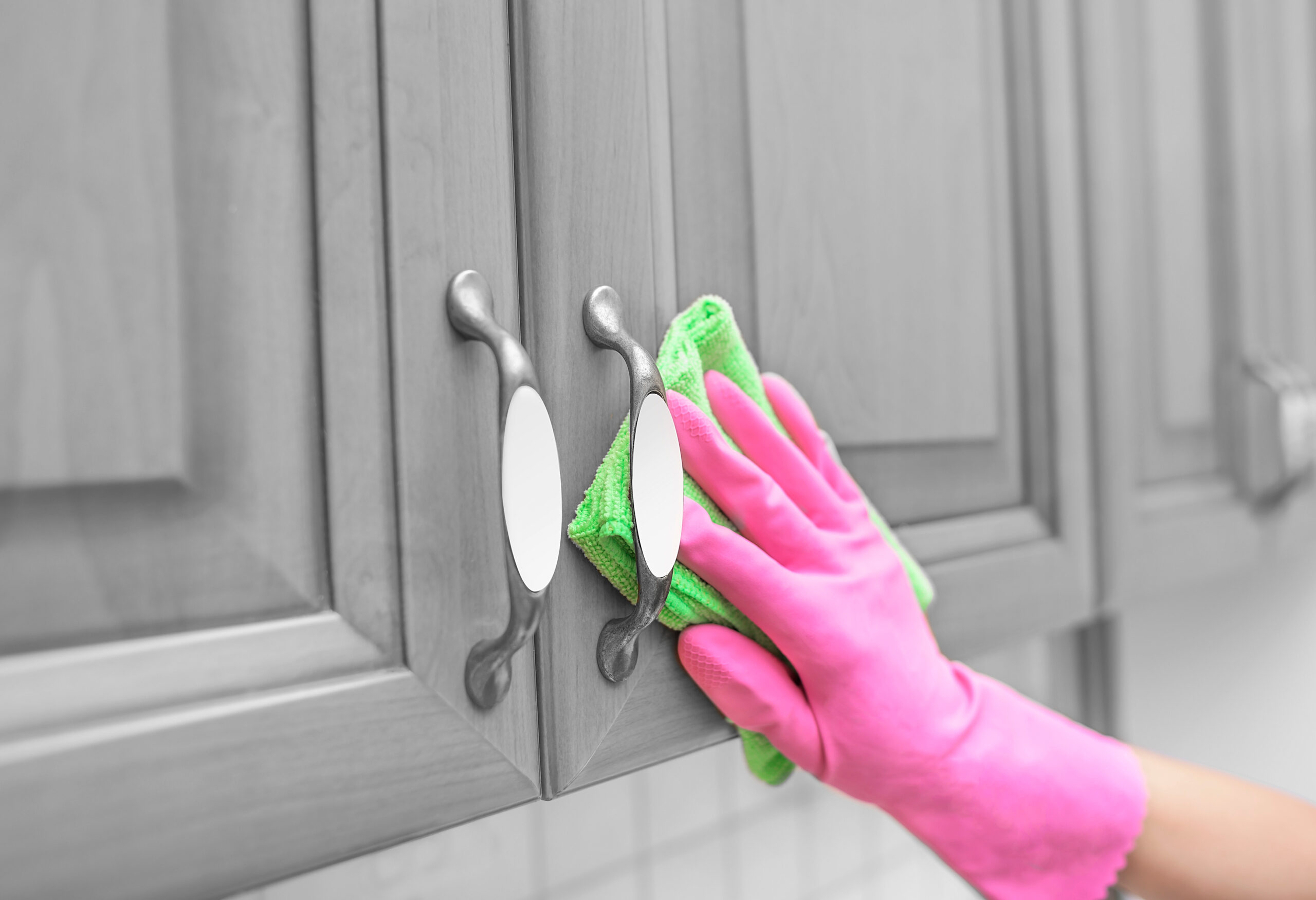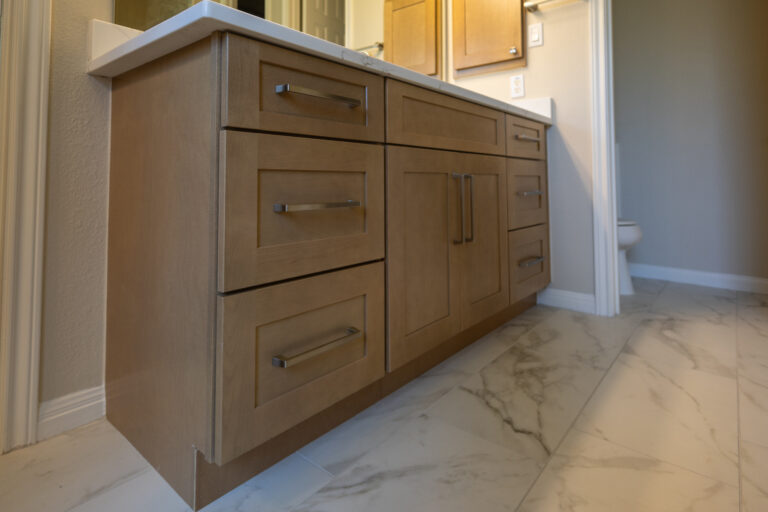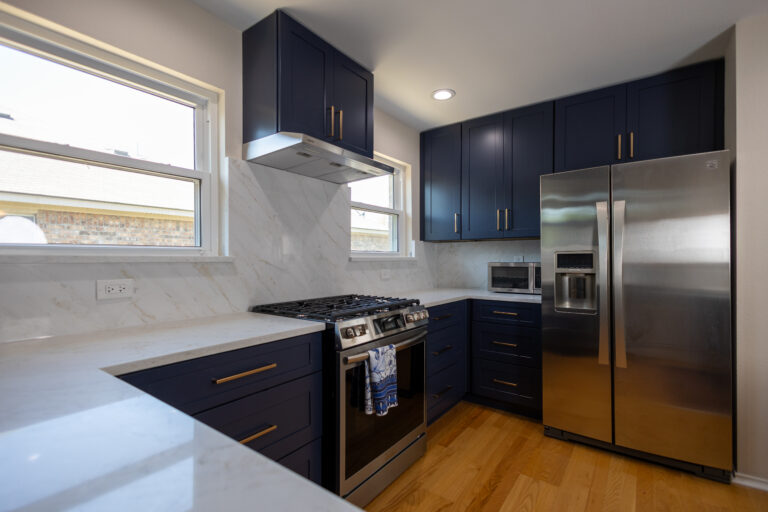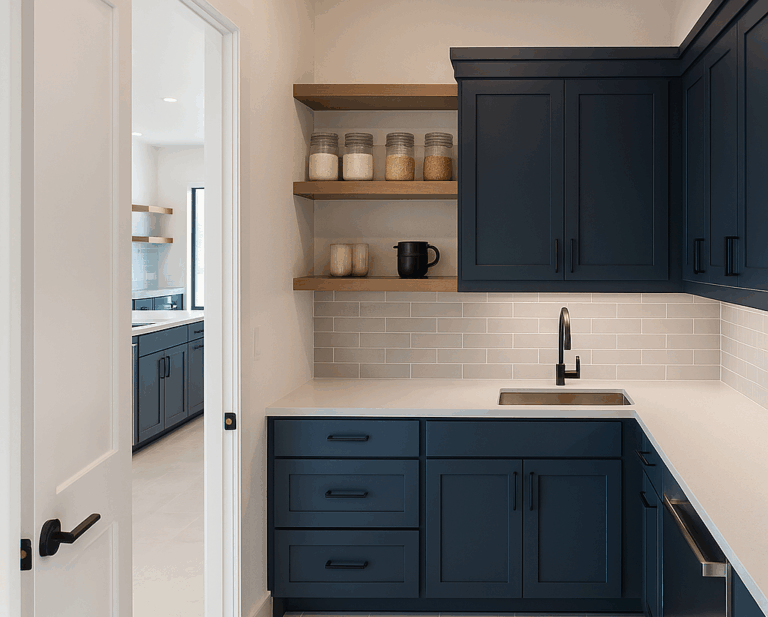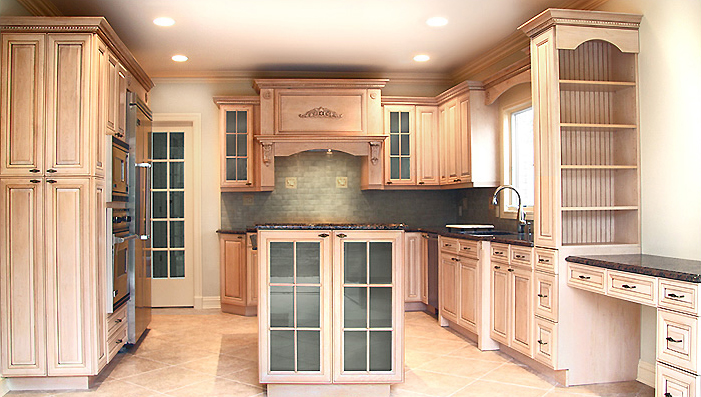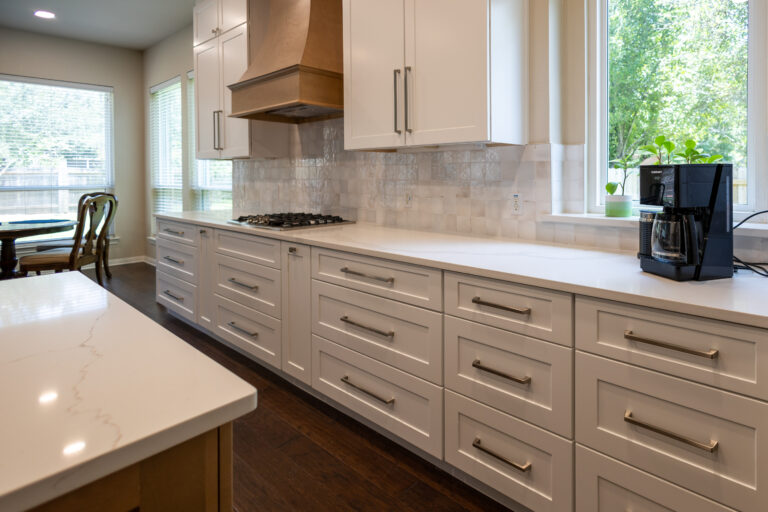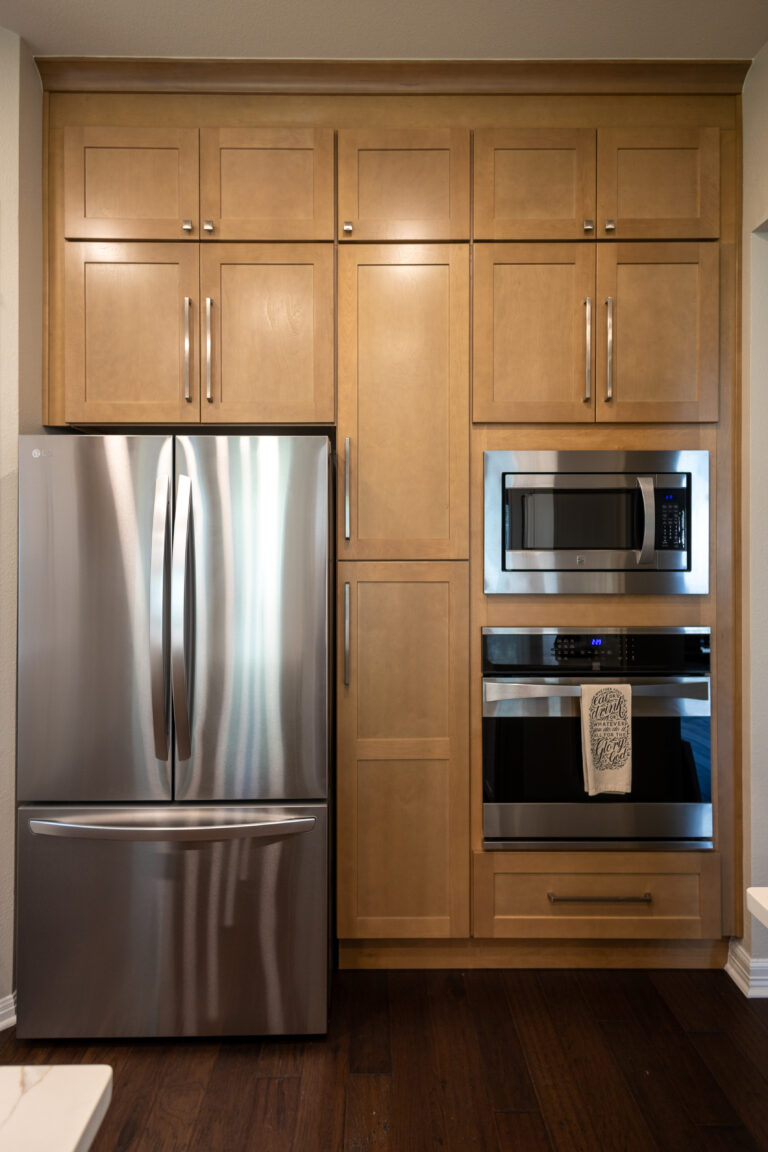Quality wood kitchen cabinets, like those offered by Liberty Hill Cabinets, are built to last and bring a timeless elegance to your kitchen. However, even the finest cabinets can face damage over time. Fluctuations in humidity and temperature, water spills, and other common factors can all affect your cabinets’ durability and appearance. Let’s dive into the top five causes of kitchen cabinet damage and the best ways to protect your investment.
1. Extreme Moisture and Temperature Changes
Temperature and humidity fluctuations are among the most common causes of cracks and wear in kitchen cabinets. Wood, being a natural material, expands in high humidity and contracts when it’s dry. This cycle can cause paint to chip and reveal joint lines, especially around cabinet doors and panels. For ideal results, maintain a stable humidity level between 40% and 50% in your kitchen to prevent cracking and keep your cabinets looking beautiful season after season.
2. Water Damage
Kitchen cabinets are exposed to frequent water spills, which can leave stains and lead to material damage if not quickly cleaned up. Even top-quality wood cabinets can absorb small amounts of water, which can cause paint to bubble or wood to expand. Although plywood and composite cabinets resist water better than solid wood, wiping up spills promptly is crucial for all cabinet types to avoid potential issues like paint peeling, joint cracking, and wood warping.
3. Improper Preparation Before Painting
If cabinets aren’t properly prepped before painting, you risk seeing bubbles, cracks, and chips in the finish over time. Dirt, grease, or moisture on the wood surface can interfere with paint adhesion, resulting in an uneven and vulnerable surface. We recommend choosing a trusted cabinet maker like Liberty Hill Cabinets, which uses a multi-step preparation process to ensure a flawless and long-lasting finish.
4. Household Pests
Pests are an unwelcome addition to any kitchen, yet they’re often drawn to moisture and residue found in cooking areas. Termites, roaches, and other pests can severely damage wood cabinets from the inside out. Regularly inspect your kitchen for signs of pest activity and clean grease-prone areas like behind the stove to reduce the chance of infestation. Swift action can help minimize cabinet damage and prevent issues from spreading to other areas of your home.
5. Poor Installation
Poor installation is a frequent cause of structural issues in kitchen cabinets. If joints aren’t secured properly, cabinets can loosen over time, leading to cracks and weakening their overall durability. Cabinet installation is a precise job best left to professionals who understand how to properly secure various types of joints. Liberty Hill Cabinets offers expert installation services to ensure your cabinets are securely installed, giving you peace of mind and ensuring long-lasting quality.
How to Prolong the Life of Your Kitchen Cabinets
Whether you’re investing in new cabinets or looking to protect your existing ones, a few key steps can help extend their lifespan:
- Address Issues Early: Fix any issues as soon as you notice them to avoid further damage.
- Regular Cleaning: Wipe your cabinets with a damp cloth regularly to remove dust and grease.
- Control Humidity Levels: Use a dehumidifier if necessary to maintain stable humidity in your kitchen and minimize wood expansion and contraction.
By staying aware of these potential threats and taking proactive steps, you can keep your Liberty Hill Cabinets in top shape for years to come. If you need professional advice or cleaning products designed for wood cabinets, reach out to us at Liberty Hill Cabinets—we’re here to help you preserve your kitchen’s beauty and functionality.

